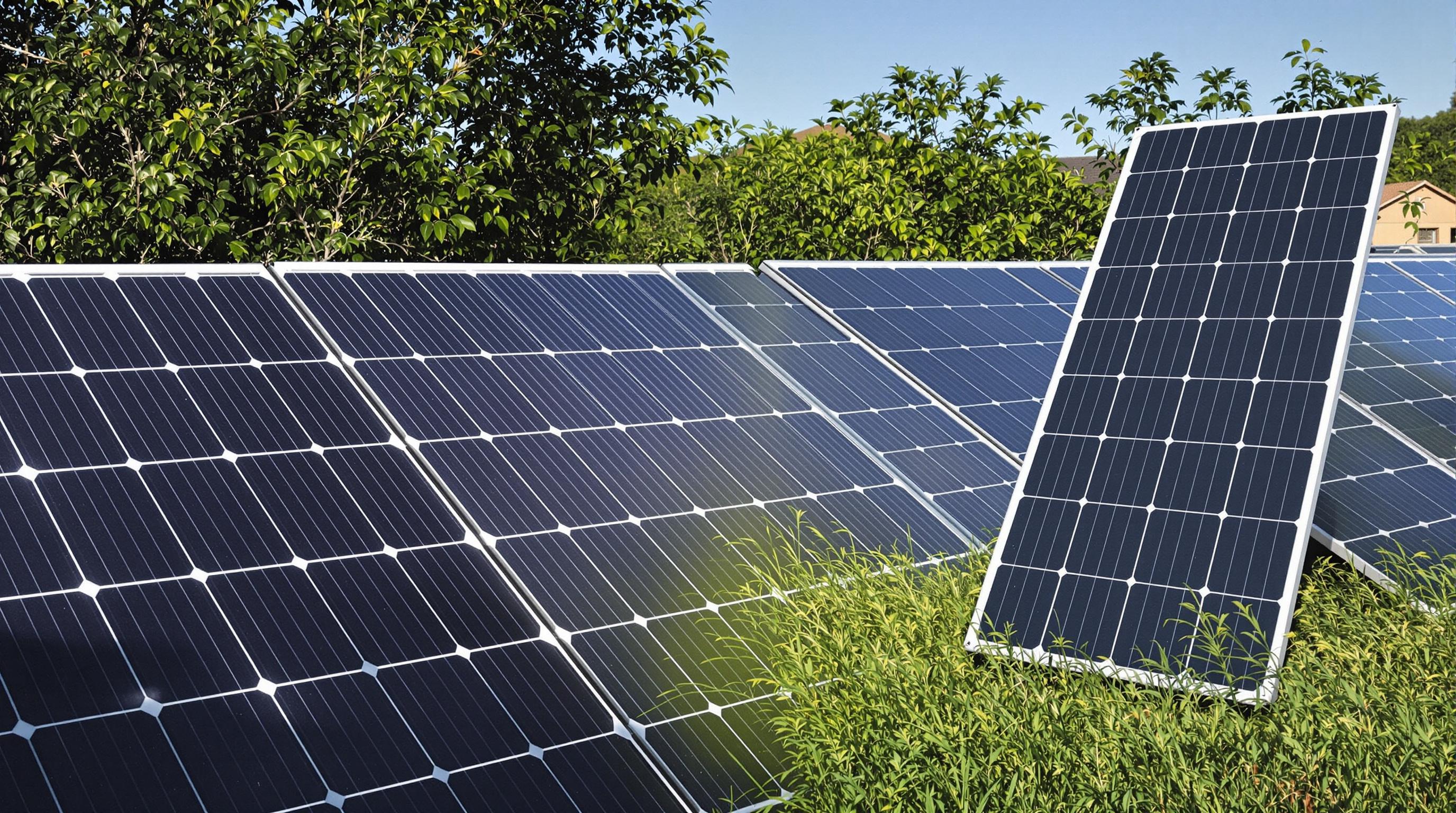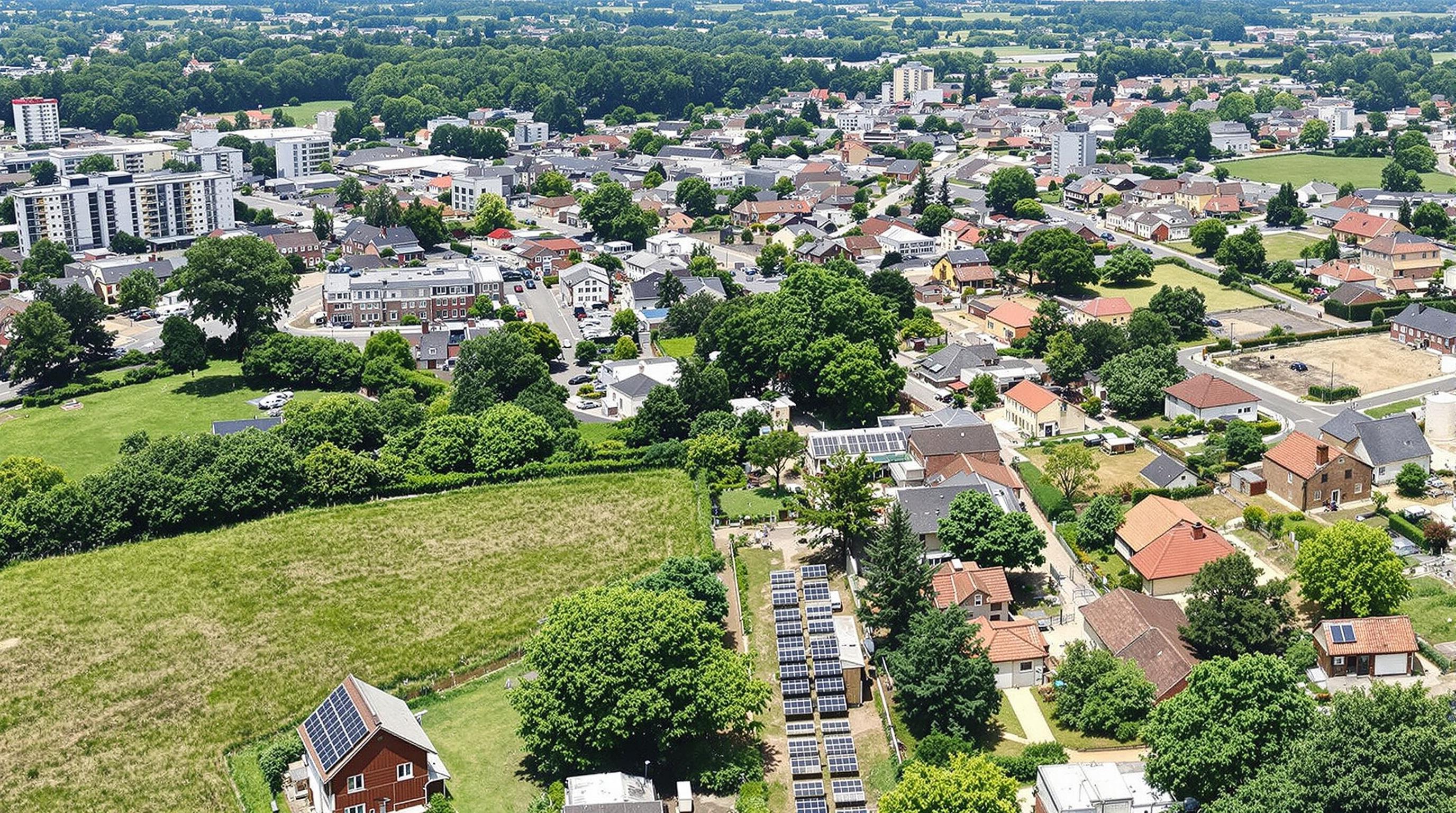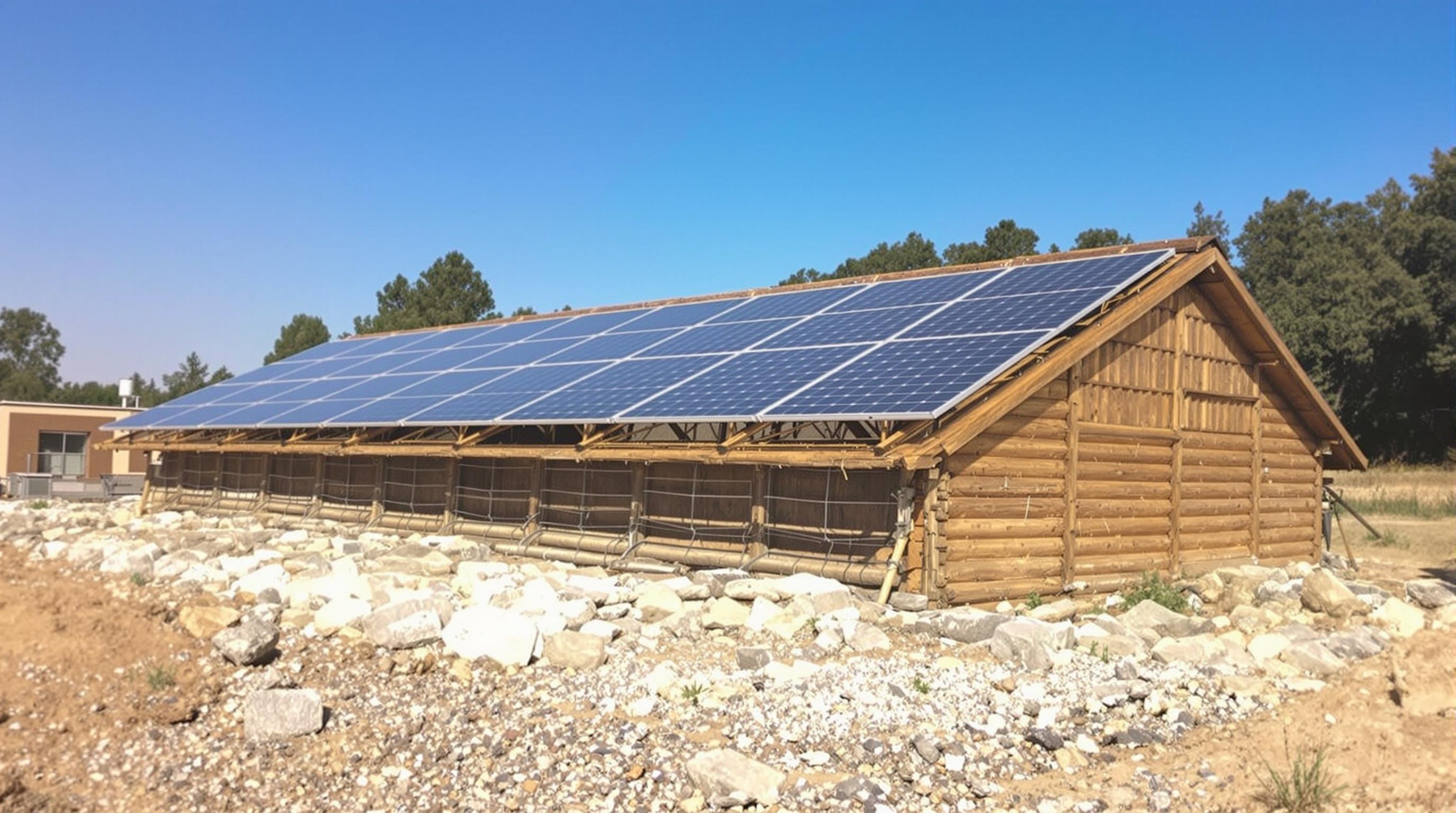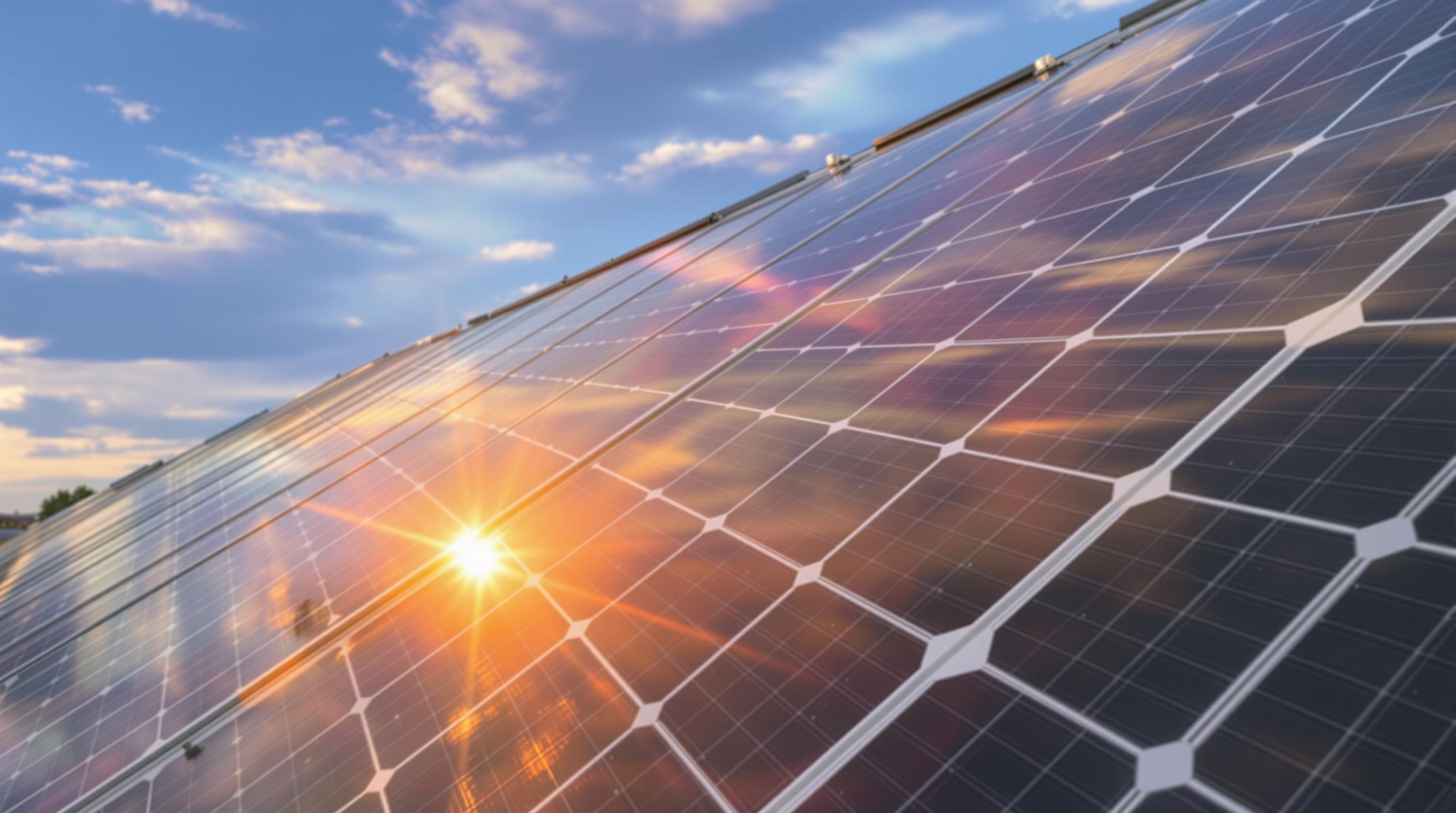Related Articles
- 6 Revolutionary Solar Panel Cleaning Robots Since 2019 Rated for Efficiency and Contractor Appeal
- How Unexpected Weather Patterns Are Shaping Homeowner Choices in Solar Installation Partnerships
- How Solar Inverter Noise Pollution Affects Urban Wildlife and What Manufacturers Are Overlooking
- How Solar Inverters Influence Home Resale Value and What Buyers Rarely Consider Before Purchase
- How Microclimates Secretly Shape Solar Energy Output in Unexpected Urban and Rural Landscapes
- The Quiet Role of Microclimates in Shaping Solar Harvesting Outcomes Beyond Conventional Efficiency Measures
Top 8 Cutting-Edge Solar Modules Released in the Past 5 Years Ranked by Real-World Performance Gains
Top 8 Cutting-Edge Solar Modules Released in the Past 5 Years Ranked by Real-World Performance Gains
Top 8 Cutting-Edge Solar Modules Released in the Past 5 Years Ranked by Real-World Performance Gains
Introduction
The solar energy industry has seen tremendous technological advancements over the past five years. Manufacturers have pushed the boundaries in efficiency, durability, and cost-effectiveness to meet growing global demands for renewable energy. This article details the top 8 cutting-edge solar modules launched recently, ranked by their real-world performance gains measured in diverse climates and installations.
Drawing on independent field tests and third-party performance analytics, the ranking highlights modules that deliver superior energy yields relative to earlier technologies. Sources such as PV Tech and NREL have documented these gains, supporting the growing adoption of advanced solar panels.
Understanding how these innovative modules perform in realistic conditions is vital for investors, homeowners, and utility-scale project developers aiming to maximize return on investment through solar installations.
1. SunPower Maxeon 5 – Industry-Leading Efficiency and Longevity
The SunPower Maxeon 5 module, released in 2020, stands out for achieving up to 22.8% efficiency with advanced back-contact cell technology. This design minimizes energy loss and boosts durability by eliminating front electrodes.
Real-world testing in California and Europe revealed energy gains of approximately 8-10% over conventional P-type modules under identical conditions. Furthermore, the Maxeon 5 maintains over 92% of its initial capacity after 25 years, substantially reducing degradation rates.
Industry reports from SEIA and NREL support its status as a top-tier premium solar panel, particularly attractive for residential and commercial rooftop installations requiring high power density and extended warranties.
2. LONGi Hi-MO 5 – Affordable High-Efficiency Monocrystalline
Longi’s Hi-MO 5 module, introduced in 2021, combines monocrystalline PERC cells with innovative bifacial capabilities. This allows the panel to capture reflected sunlight from both sides, improving energy harvest by up to 15% in favorable environments.
Field studies in sunny markets such as Australia and India recorded yield increases of roughly 7-9% against previous Longi models. The Hi-MO 5 also benefits from lower manufacturing costs, making it highly competitive for utility-scale projects.
Its market penetration is backed by data from GTM Research that underscores the growing global shift toward bifacial modules contributing major performance improvements at scale.
3. REC N-Peak Series – Enhanced Shading Performance
REC’s N-Peak series launched in 2022 focuses on mitigating shading losses with multi-busbar and split-cell technology, allowing the panel to maintain high output even with partial shading. This innovation enhances real-world reliability and energy generation.
Performance monitoring in Northern Europe showed energy gains of around 6-8% compared to traditional full-cell designs, particularly in urban and partially shaded rooftop settings. This has made the N-Peak ideal where shading challenges are common.
REC’s extensive warranties and certifications reinforce confidence, combined with reports from DNV GL highlighting their shading-tolerant power retention performance as a market differentiator.
4. JA Solar DuoMax Pro Series – Cost-Efficient Dual-Glass Modules
JA Solar introduced the DuoMax Pro series in 2019 featuring dual-glass construction that improves panel durability under harsh weather while enhancing bifacial power gain. This design also reduces potential-induced degradation (PID).
Data from large-scale deployments in China show a 7% improvement in energy yield in dusty and humid environments compared to similar single-glass modules. The increased lifespan and reliability are particularly advantageous for extended warranty projects.
Industry analyses by Wood Mackenzie emphasize the DuoMax Pro’s compelling price-to-performance ratio, fueling its rising adoption across emerging solar markets.
5. Q CELLS Q.PEAK DUO BLK ML-G10+ – Aesthetic and Technical Upgrade
Released in 2023, Q CELLS' Q.PEAK DUO BLK ML-G10+ combines a sleek all-black design with the proprietary Q.ANTUM DUO Z technology. This panel features multi-wire cell architecture and an improved cell gap for better light absorption.
Independent outdoor tests recorded an energy increase of about 5-7% over the previous generation, with enhanced performance under low light and high temperature conditions. This balance of aesthetics and output makes it popular for upscale residential projects.
Resources from Fraunhofer ISE have confirmed the panel’s reliability and resilience, helping Q CELLS maintain its reputation as a leader in innovation under varying climates.
6. Panasonic EverVolt Series – Improved Temperature Coefficients
Panasonic’s EverVolt modules, introduced in late 2019, incorporate heterojunction cell technology delivering low temperature coefficients, meaning their efficiency drops less under heat. This is critical for hot climates.
Testing across Southern U.S. locations demonstrated up to 8% greater real-world output relative to standard crystalline panels when exposed to high ambient temperatures. The enhanced heat tolerance significantly boosts annual energy yield.
Panasonic’s long-standing partnership with installers and utilities is supported by data collected by NREL, underpinning the EverVolt’s ability to maintain stable performance in demanding environments.
7. Canadian Solar HiKu7 Module – Ultra-High Power Output
Launched in 2021, the HiKu7 employs large 210mm mono-perc cells, allowing power output ratings exceeding 700 watts per panel for utility-scale applications. This increase reduces balance-of-system costs by lowering the number of necessary panels.
Field validation in utility solar farms demonstrated real-world efficiency gains around 4-6% over previous HiKu generations with added improvements in thermal stability and degradation resistance.
Reports from BloombergNEF and IHS Markit have underscored Canadian Solar’s innovation leadership with HiKu7, driving further cost reductions in large-scale solar deployment worldwide.
8. Trina Solar Vertex S Series – Enhanced Bifacial Yield with Half-Cut Cells
Trina Solar’s Vertex S series, introduced in mid-2020, features half-cut cell architecture combined with monocrystalline PERC technology and bifacial design. These characteristics contribute to lower resistance losses and increased rear-side energy collection.
Performance monitoring has shown 6-9% improvements in energy yield against previous Trina modules, especially in installations with optimally reflective surfaces like white rooftops and arid landscapes.
Current market reports from PV Magazine highlight the Vertex S's strong performance-to-cost balance as accelerating adoption in both emerging and mature solar markets.
Conclusion
The rapid innovation in solar module technologies over the last five years has yielded significant performance gains, enabling lower levelized cost of electricity and supporting broader renewable adoption. Top contenders like SunPower Maxeon 5 and LONGi Hi-MO 5 exemplify breakthroughs in efficiency and bifacial energy capture.
Real-world tests across climate conditions reaffirm the importance of advanced design features such as improved shading tolerance, temperature coefficient optimization, and durable materials. These factors collectively drive superior energy yields and long-term reliability.
As the solar market continues to evolve, selecting modules with proven performance advantages is essential for maximizing returns. Industry data from authoritative sources such as NREL, PV Tech, and BloombergNEF provide valuable guidance towards informed solar investment decisions.




